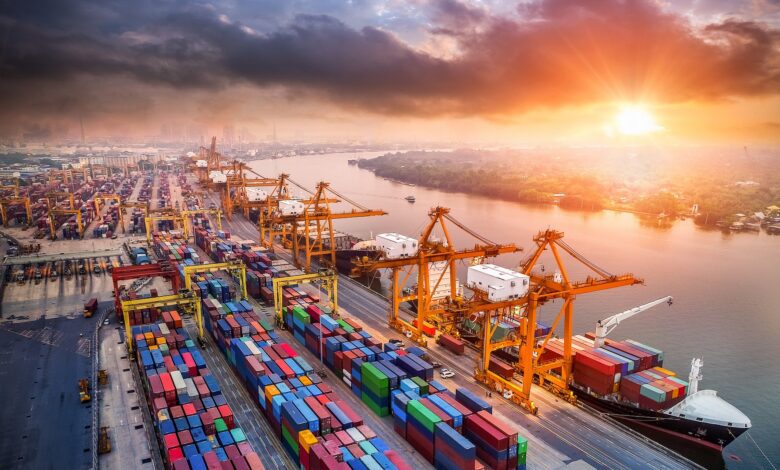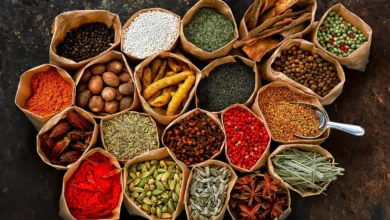Global Supply Chain in crisis: World gets ready to pay double prices for half the products across various sectors
From the US to Sudan to China, container boxes have been lying at ports, railyards and in warehouses for over an year as pandemic, typhoons and storms rage on across different parts of the globe.

Trade is a global network and only works efficiently when all participants are healthy and cooperative. The U.S./China trade war ignited the U.S./Asia supply chain expansion. The ravages of the Coronavirus and its new variants, however, have destroyed this “diversification.”
Given that ships transport around 90% of the world’s trade, the crew, and container crisis is disrupting the supply of everything from oil and iron ore to food and electronics.
Events have conspired to drive global supply chains towards breaking point, threatening the fragile flow of raw materials, parts, and consumer goods, according to companies, economists, and shipping specialists in almost every industry.
Meanwhile, deadly floods & Typhoons in economic giants the US, China, and Germany have further ruptured global supply lines that had yet to recover from the first wave of the pandemic, compromising trillions of dollars of economic activity that rely on them.
Automakers, for example, are again being forced to stop production because of disruptions caused by COVID-19 outbreaks.
The tech industry has already been hit hard by a global shortage of semiconductors this year, mainly from Asian suppliers. Earlier this year, the auto industry consensus was that the chip supply crunch would ease in the second half of 2021 – but now some senior executives say it will continue into 2022.
Each container that’s delayed is economic activity that’s restrained, heaping costs one box at a time on consumers and making it more challenging to put corn on consumers’ tables or deliver presents for the holidays.
As per the estimates of the top economists and industrialists, the prices of consumer products are expected to increase by 200% on average while the variety of products available in the market will be reduced across all sectors.
It’s also a lesson in the ripple effects across global supply chains, showing the limits of diversification as all networks are still closely connected with China.



